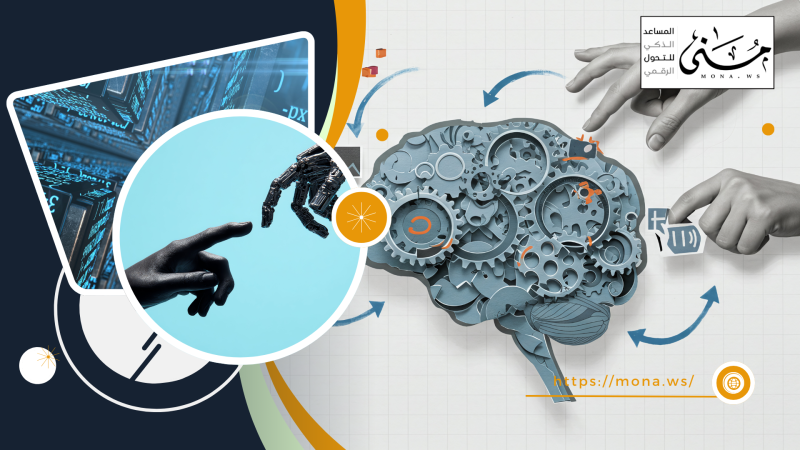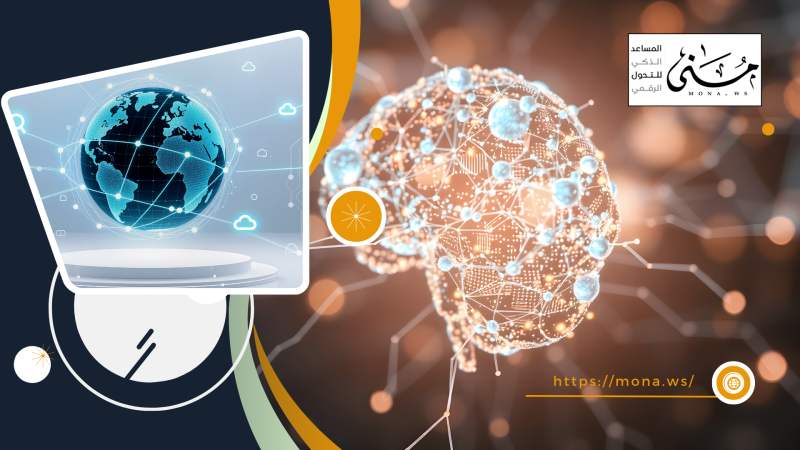Technical developments in electronic signature and their impact
Sami was the manager of a small company, suffering from delays in signing contracts due to cumbersome paperwork. One day, he lost a great job opportunity due to the delay in signing an important contract. At that time, he decided to look for a radical solution, and discovered electronic signature. This technology not only saved his business, but also allowed him to complete contracts quickly and securely from anywhere, allowing him to focus on developing his company instead of wasting his time on routine.
You can follow the article to know more detailed information about electronic signature.
What is an electronic signature?
Electronic signature has become an essential part of the digital business ecosystem, as it is defined as an electronic process that indicates approval or acceptance of a document or transaction. Electronic signature can be considered a digital alternative to traditional manual signatures, which enhances the efficiency of operations and saves time and costs. Automated signature relies on various technical mechanisms that include encrypted codes, electronically written names, and biometric signatures.
With the development of global legislation such as the lawESIGN In the United States, electronic signatures have become as legally valuable as paper signatures, and can be used to sign contracts, agreements, and government transactions in a legitimate and secure manner, while ensuring compliance with laws that stipulate that the legal effect of electronic signatures cannot be denied due to their digital nature.
This technological evolution has been made possible by digital transformation technologies that drive companies and organizations to adopt digital innovations to enhance productivity and efficiency.
Different types of electronic signatures
Technological development has enabled the emergence of multiple types of electronic signatures to meet the needs of different industries and sectors. This ranges from simple electronic signatures that require simple steps such as writing a name or scanning a manual signature, to advanced biometric signatures that rely on unique data such as fingerprints or facial recognition. In addition, there are advanced electronic signatures (AES) and Qualified (QES) that provide high levels of security and compliance with legal standards.
These types contribute to supporting digital transformation across sectors, as they simplify and accelerate procedures without compromising on security. A qualified electronic signature (QES) is the most secure as it relies on qualified certificates and dedicated devices, making it suitable for transactions that require great credibility.
The impact of electronic signature on digital transformation
The most obvious impact of electronic signature is to enhance the digital transformation process, by replacing traditional paper processes with advanced electronic technologies. Automated signature contributes to improving the user experience and reducing the operational cost for companies. This enhances the ability to manage transactions remotely, making businesses more flexible and able to respond quickly to changes.
Supported by digital transformation, e-signatures enable organizations to reduce the time required to complete deals and transactions, improve cybersecurity, and ensure compliance with laws. This development helps support innovation, as companies can leverage smart solutions to provide faster and more efficient services.
The Future of Electronic Signature in Light of Digital Transformation
As technology continues to advance, electronic signatures are expected to play a greater role in driving digital transformation, with technologies such as artificial intelligence and blockchain (Blockchain) will add more security and efficiency to these processes. This development is not only limited to enhancing business processes, but also extends to government, educational and medical services, making electronic signature an indispensable tool in the future.
In addition, technical signing enables companies to expand their business globally, as it allows agreements to be signed remotely in a secure and fast manner. This development is a real support for the comprehensive digital transformation vision, which aims to build smart societies that rely on technology to achieve efficiency and innovation.
Challenges and opportunities associated with the use of electronic signature
Despite the great benefits provided by electronic signature, its application faces challenges related to technical and legal aspects, in addition to cultural and organizational challenges. The most prominent of these challenges is concern about data security and protection from hacking or forgery, especially in light of the growing global cyber threats. Reliance on complex encryption technologies and biometric systems requires large investments to ensure security and efficiency, which may represent an obstacle for small and medium-sized companies.
The legal gap between countries is another challenge, as legislation regarding electronic signatures varies from country to country. In some regions, electronic signatures still face resistance due to the lack of a legal framework that ensures their recognition as a legal alternative to paper signatures. In addition, many organizations face cultural challenges, as some parties prefer hand-written signatures because they are believed to be more formal or secure.
Despite these challenges, the opportunities available through the use of automated signature are very large, as it represents a step towards achieving greater operational efficiency, reducing costs associated with paper and printing, as well as reducing the carbon footprint of companies. With the increasing adoption of digital transformation, it has become possible to provide innovative solutions based on artificial intelligence and data analysis to enhance the user experience and ensure higher security.
In addition, automated signing provides an opportunity for companies to easily expand their business globally, as contracts and agreements can be signed between multiple parties from different geographical locations and in record time. As technologies continue to evolve, these solutions will become easier and more comprehensive, opening the door to a new world of simplified and secure e-business.
The development of electronic signature in the era of digital transformation
Electronic signature technologies have evolved significantly in recent years, from a mere tool for signing documents to an advanced technology that ensures high security and legal reliability. Automated signature has now become a fundamental pillar in many commercial and administrative processes. In the past, electronic signatures were limited to simple methods such as entering a name or clicking the “OK” button. However, with the advancement of technology, more advanced solutions have emerged such as biometric signatures, which rely on fingerprints or facial recognition, and digital signatures that ensure unbreakable security using advanced encryption technologies.
This development was not just a technical improvement, but it contributed to achieving greater efficiency in daily business and reducing operational costs. Instead of waiting long hours to complete paper-based processes, companies can now complete transactions online in record time, which enhances the speed of decision-making and increases competitiveness. In addition, electronic signatures contribute significantly to enhancing security, as they reduce the risks of forgery and tampering with documents, and ensure that documents are not changed or modified after they are signed.
Adopting automated signatures in government institutions and private companies is not just a step towards digital transformation, but rather part of a comprehensive strategy aimed at improving services, facilitating transactions, and increasing productivity. As this technology continues to develop, electronic signatures will become one of the essential tools in our daily lives, whether in commercial or legal transactions or even in government operations.
Electronic signature is one of the most prominent manifestations of technological development in the business world. By integrating it into the digital transformation system, it has become possible to achieve an unprecedented level of efficiency and flexibility. With the development of security technologies and the expansion of its scope of use, electronic signature is expected to become the cornerstone of building a secure and sustainable digital future.





Comments
Add New Comment